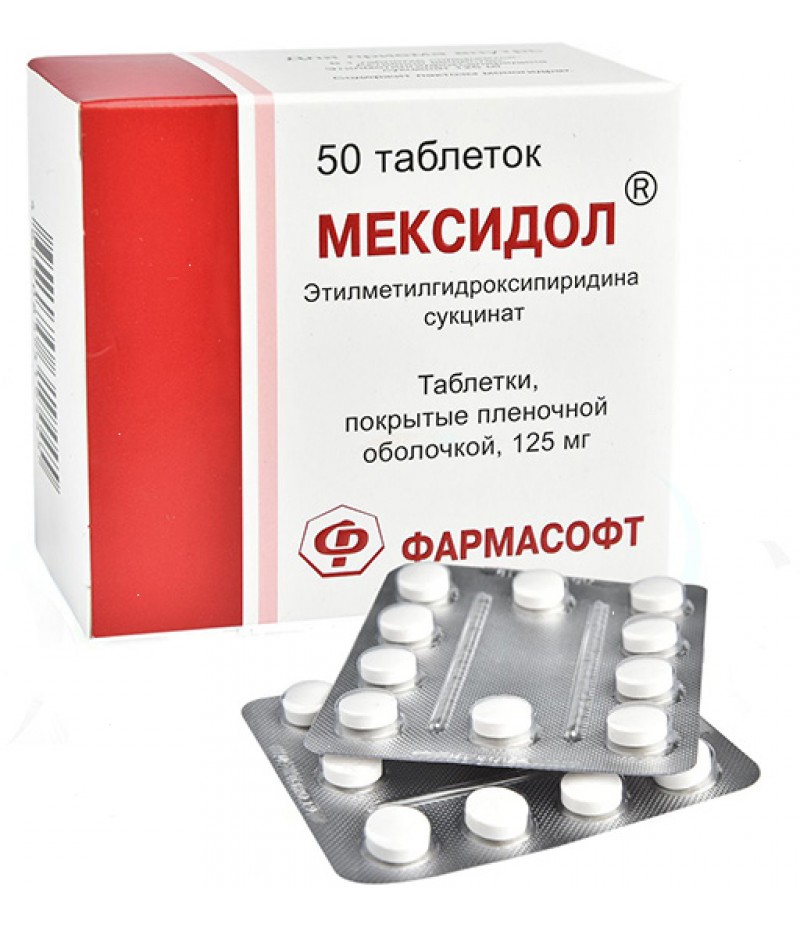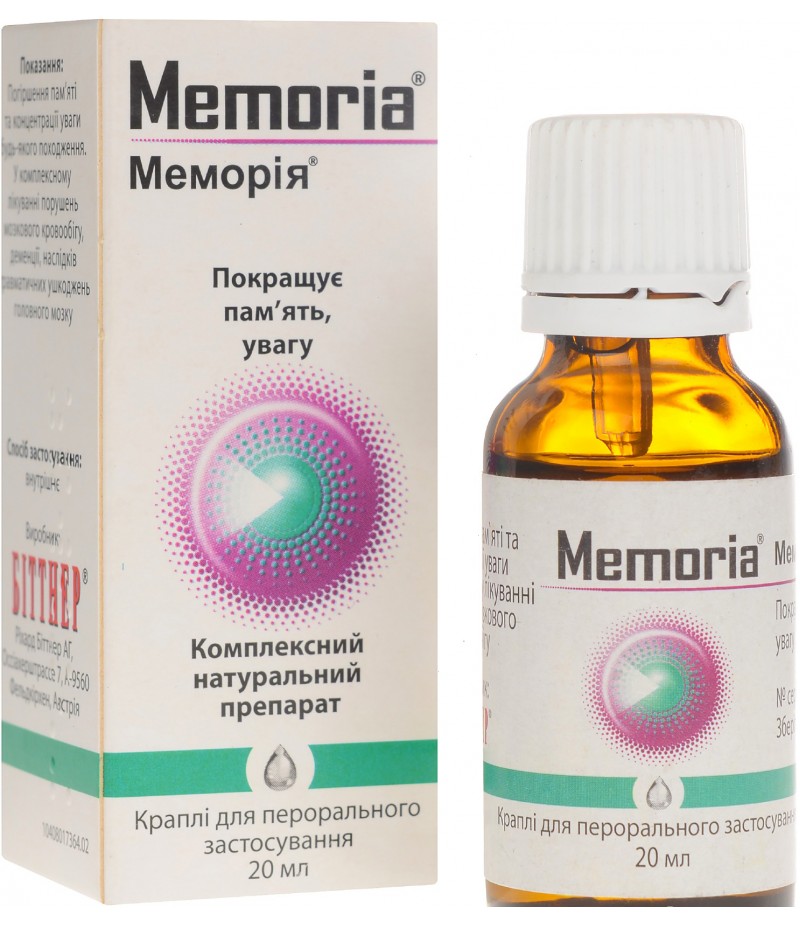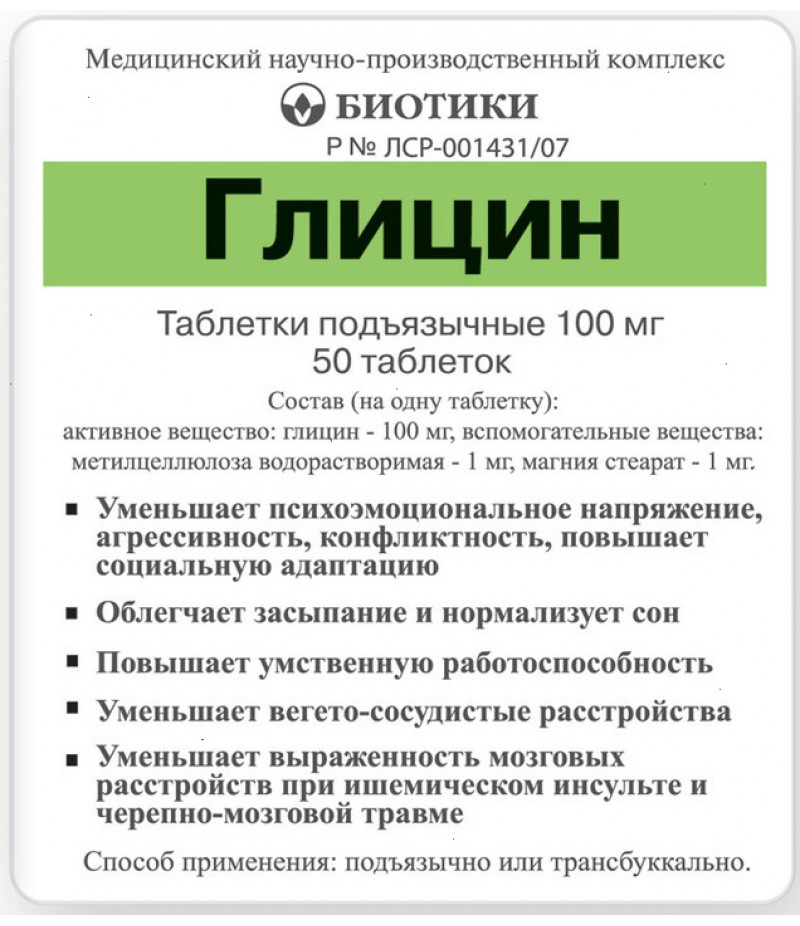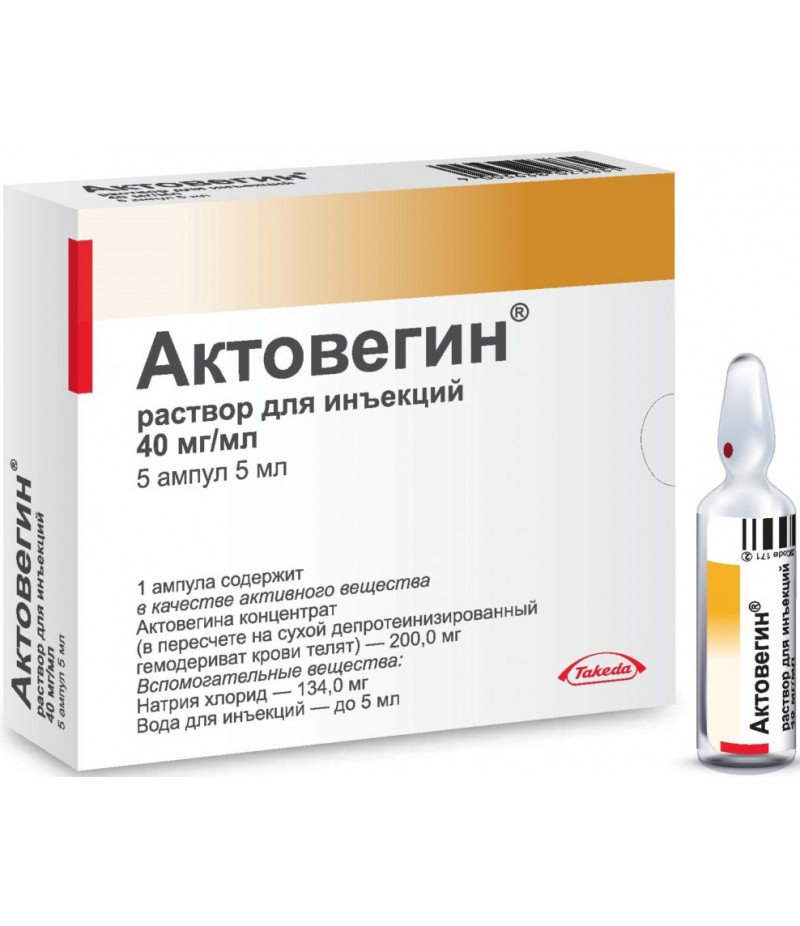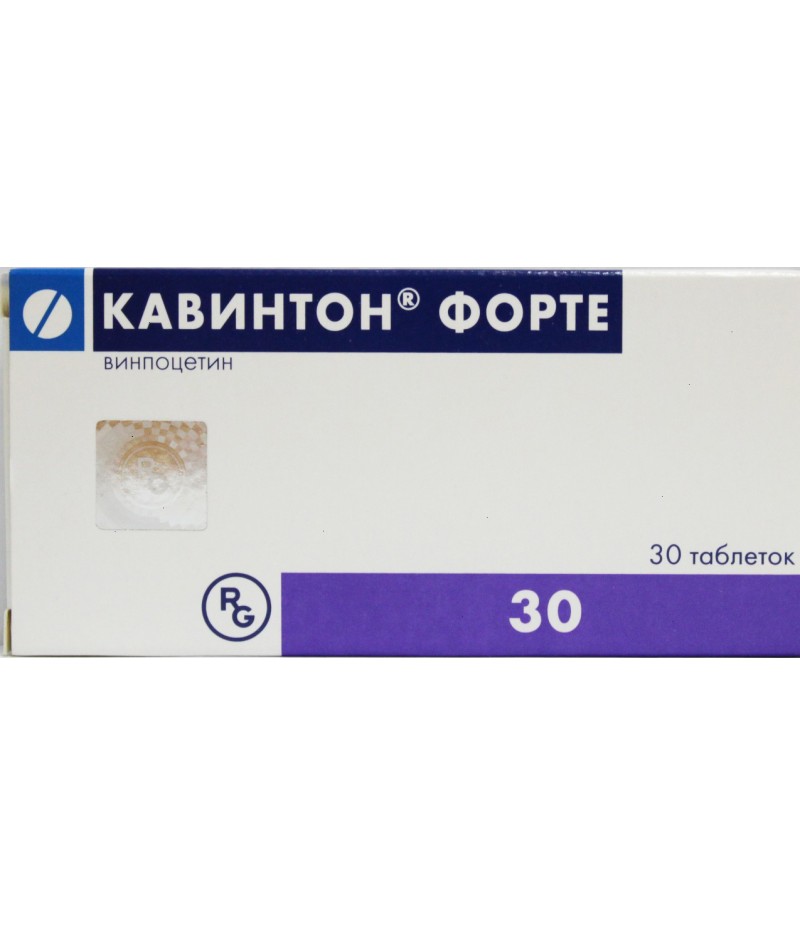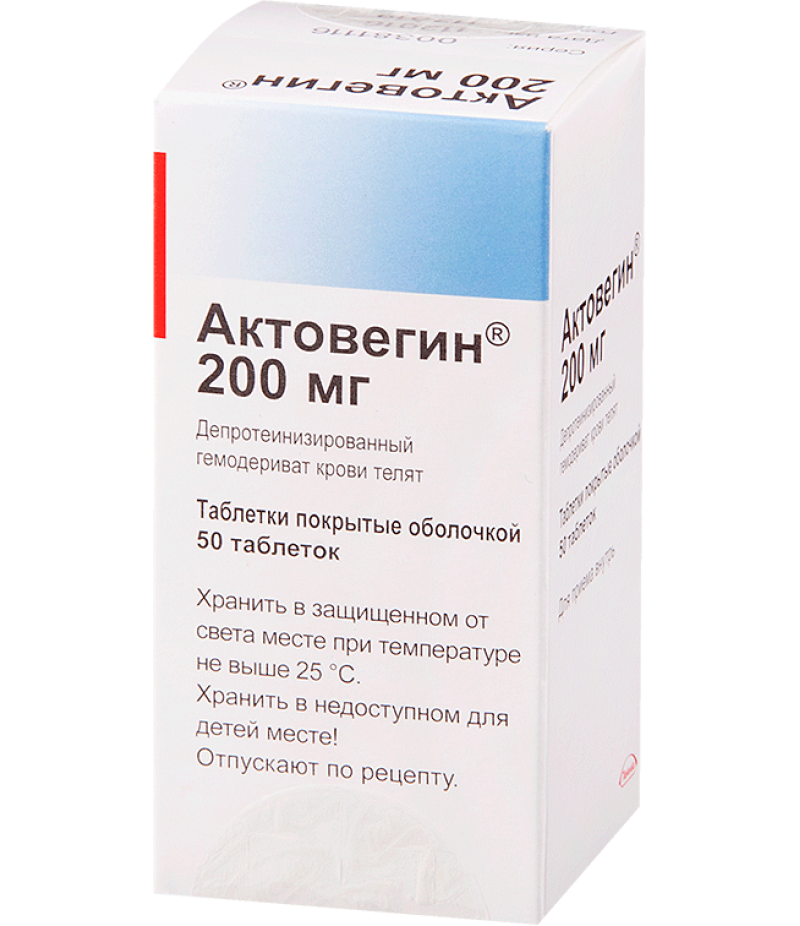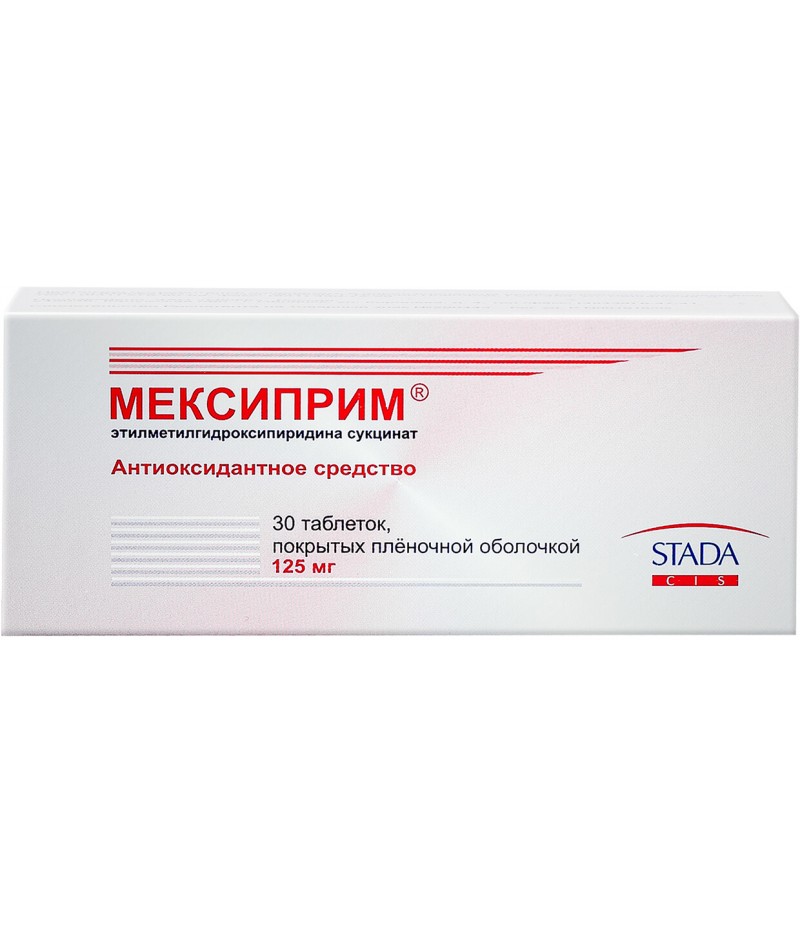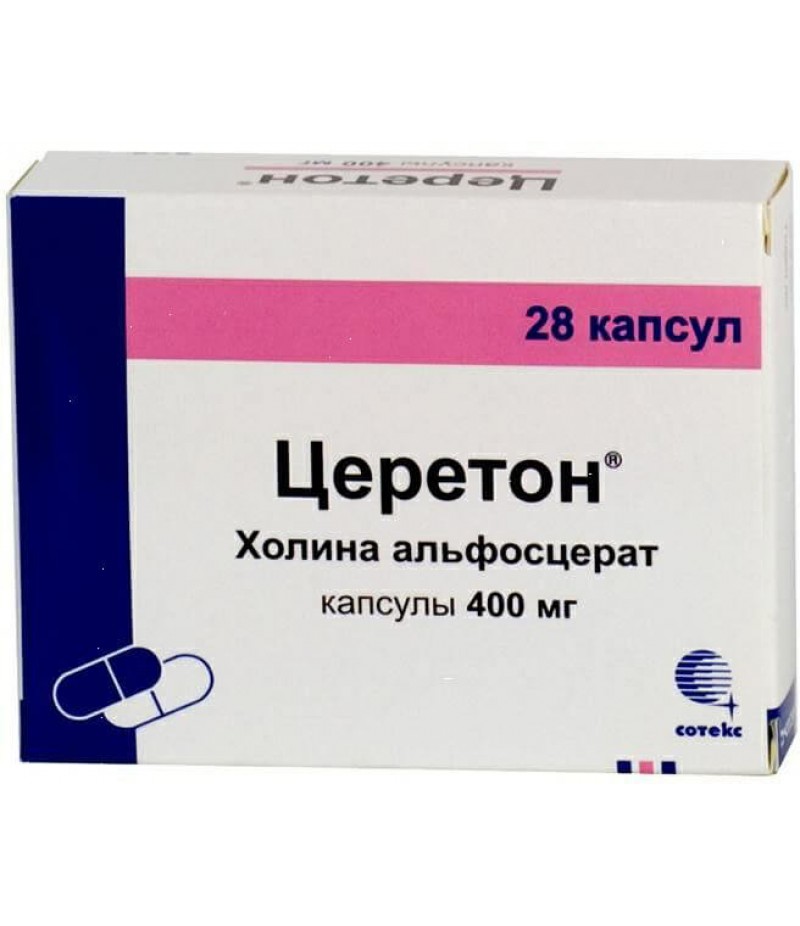Mexidolum tabs 125mg #50
- $25.60
- 3 or more $23.90
- Availability:In Stock
Instruction for Mexidolum tabletsYou can buy Mexidolum tabs hereCompositionThe formulation in the form of a solution for injection includes ethylmethylhydroxypyridine succinate as an active substance
Tags: tabs
Instruction for Mexidolum tablets
You can buy Mexidolum tabs here
Composition
The formulation in the form of a solution for injection includes ethylmethylhydroxypyridine succinate as an active substance (50 mg per 1 ml) and auxiliary components:
sodium metabisulphite;
water for injections.
One Mexidolum tablet contains 125 mg of ethylmethyl hydroxypyridine succinate active ingredient, as well as a number of auxiliary components:
lactose monohydrate;
sodium carboxymethylcellulose (carmelose sodium);
magnesium stearate.
Each tablet is coated with a white or cream-white shell consisting of:
decadent II white (macrogol polyethylene glycol);
polyvinyl alcohol;
talc;
titanium dioxide.
Form of issue
The drug Mexidolum has two forms of release: in ampoules and tablets.
Mexidolum in ampoules is intended for infusions and intramuscular injections. The solution is available in ampoules of colorless or light-protected glass, on which the breakpoint is marked in blue or white and three marking rings, the upper one of which is yellow, the middle is white, the lower one is red.
Ampoules have a capacity of 2 or 5 ml and are packed in 5 pieces in contour cell packs. Cardboard packaging is completed with 1 or 2 outline packages, as well as instructions for medical use of the drug.
For hospital hospitals, Mexidolum solution is packed into 4, 10 or 20 contour squares.
One tablet of the drug Mexidolum has a mass of 125 mg and is intended for oral administration. Tablets are available packed in 10 pieces in contoured cell packs of PVC film and aluminum foil or 90 pieces in plastic jars made of food plastic.
For hospitals in medical institutions, tablets are produced in plastic cans made of food plastic, 450 or 900 each.
Description of tableted form Mexidoluma
The tablets are biconvex, round in shape, covered with a coat, the color of which can vary from white to white with a slightly creamy hue.
pharmachologic effect
Medication Mexidolum belongs to the pharmacological group of drugs that affect the nervous system.
The preparation is characterized by:
antioxidant;
antihypoxic;
membrane stabilizing;
nootropic;
anxiolytic properties.
In addition, it exerts a pronounced stress-protective action (that is, it increases the body's resistance to stress), improves memory, has the ability to prevent or stop seizures, and also reduces the concentration of individual lipid fractions (in particular, low-density lipoproteins) in various tissues and body fluids.
Pharmacodynamics and pharmacokinetics
Pharmacodynamics
Pharmacological properties of Mexidolum are due to the activity of the ethylmethyl hydroxypyridine succinate included in its composition.
According to Wikipedia, this substance belongs to the category of drugs that prevent or slow down the processes of peroxide oxidation of membrane lipids in cells.
Ethylmethylhydroxypyridine succinate belongs to the class of 3-hydroxypyridines and is a pyridine derivative of the general formula C5H4_nN (OH) n.
The substance has the form of colorless crystals that are characterized by their ability to readily dissolve in ethanol and acetone, moderately dissolve in water and, to a limited extent, diethyl ether, benzene and naphtha.
The mechanism of action of ethylmethylhydroxypyridine succinate is determined by its antioxidant and membrane-protective properties.
Acting as an antioxidant, it slows down and suppresses chain oxidation reactions involving active free radicals represented by peroxidic (RO2 *), alkoxy (RO *) and alkyl (R *) oxygen species.
Thanks to this, against the background of Mexidolum:
increases the activity of the antioxidant enzyme superoxide dismutase (SOD);
the ratio of proteins to lipids increases;
the viscosity indexes of cell membranes decrease and, accordingly, their fluidity increases.
The drug regulates and normalizes the activity of membrane-bound enzymes (in particular, the main enzyme of the cholinergic system of acetylcholinesterase, the enzyme of the lyase adenylate cyclase and calcium-independent PDE (phosphodiesterase)), as well as the activity of receptor complexes (for example, the GABA-benzodiazepine receptor complex).
As a result:
membrane-binding enzymes and receptor complexes increase the ability to bind to ligands;
the normal indices of the structural and functional organization of biological membranes are maintained;
the transport processes of neurotransmitters are normalized;
the indices of synaptic transmission of neurotransmitters are improved.
Tablets and injections of Mexidolum allow increasing the body's resistance to the influence of various aggressive factors and pathological conditions associated with oxygen deficiency.
The drug effectively eliminates symptoms caused by oxygen starvation, shock, ischemia, circulatory disorders of the brain, as well as symptoms of general poisoning of the body with drugs (in particular, antipsychotic drugs) or alcohol.
After a course of treatment with Mexidolum (intravenously, intramuscularly or orally):
increases the content of dopamine in the brain;
the course of metabolic processes in the brain is normalized;
normalized cerebral blood supply;
improves blood microcirculation;
improve the rheological parameters of the blood;
platelet aggregation decreases;
membranes of post-cellular structures of blood (erythrocytes and platelets) are stabilized in hemolysis;
decrease in the content of total cholesterol;
the levels of LDL are decreasing;
the severity of symptoms of pancreatogenic toxemia (total blood poisoning) decreases;
the severity of the syndrome of endogenous intoxication due to acute pancreatitis decreases;
increased compensatory activity of aerobic glycolysis;
in conditions of oxygen starvation, the degree of inhibition of oxidative processes in the cycle of tricarboxylic acids (Krebs cycle) decreases;
the content of adenosine triphosphate (ATP) and creatine phosphoric acid (creatine phosphate) increases;
the synthesis of energy by cellular mitochondria is activated;
cell membranes are stabilized;
the course of metabolic processes in the affected areas of the myocardium is normalized;
the area of the necrosis zone decreases;
the electrical activity of the heart and its contractility are restored and improved (in patients with cardiac dysfunction of reversible type);
blood flow increases in ischemia affected areas of the myocardium;
the severity of the consequences of reperfusion syndrome, caused by acute coronary insufficiency, decreases.
Treatment with Mexidolum iv / iv or / m allows to preserve ganglionic cells, as well as nerve fibers of sensitive cells of the retina of the eye, in patients with progressive forms of neuropathy caused by ischemic disease and hypoxia.
In this case, patients noticeably increase the functional activity of the mesh shell of the eye and optic nerve, and increase visual acuity.
Anti-stress effect from Mexidolum tablets treatment is expressed as:
normalization of behavior after the transferred stress;
disappearance of symptoms of somatovegetative disorders;
normalization of sleep and wake cycles;
restoration (partial or complete) of disrupted learning abilities;
memory recovery;
decrease in the severity of dystrophic and morphological changes in various parts of the brain.
Also, Mexidolum is a remedy that effectively eliminates the symptoms that arise with abstinence conditions.
It removes intoxication caused by alcohol withdrawal (both neurological and neurotoxic), restores behavioral disorders, normalizes vegetative functions, removes or reduces the severity of violations of cognitive functions provoked by prolonged use of alcohol or abrupt abandonment of alcohol.
Pharmacokinetics
After intramuscular injection, the active substance Mexidolum is determined in the blood plasma for another four hours. The time during which the maximum plasma concentration is reached is 0.45 to 0.5 hours.
Mexidolum is rapidly absorbed from the bloodstream into various tissues and organs and is also rapidly excreted from the body: the average retention time of ethylmethylhydroxypyridine succinate ranges from 0.7 to 1.3 hours.
Biotransformation of ethylmethylhydroxypyridine succinate occurs in the liver. As a result, it forms phosphate-3-hydroxypyridine, glucuron-conjugates and other metabolic products. And some of them are characterized by pharmacological activity.
The drug is excreted mainly in the urine and, mainly, in the glucuron-conjugate form. A small amount of it is output in unmodified form.
According to the annotation to Mexidolum, there are no significant differences in pharmacokinetic profiles of ethyl methyl mercaptopyridine succinate with single dose administration and course treatment.
After oral administration of Mexidolum tablets ethylmethyl hydroxypyridine succinate is rapidly absorbed, quickly distributed in various tissues and organs and quickly excreted from the body.
After 4.9 to 5.2 hours after taking the tablet, its active substance is no longer detected in the patient's blood plasma.
After biotransformation in the liver by conjugation with glucuronic acid, five metabolites are formed. In particular, phosphate-3-hydroxypyridine, which then decomposes under the influence of alkaline phosphatase to 3-hydroxypyridine and phosphoric acid.
In addition, a pharmacologically active substance is formed in large quantities, which is determined in the patient's urine after 24-48 hours after taking the drug, two glucuronconjugates and a substance that is excreted in large quantities in the urine.
The half-life of Mexidolum after oral administration varies from 2 to 2.6 hours.
The substance is excreted mainly with urine in the form of metabolites (this process is especially intensive in the first four hours after administration) and only a small part of it is excreted unchanged.
The excretion rates in the urine of the drug in unchanged form and in the form of metabolic products are characterized by individual variability.
Indications for use of Mexidolum
Indications for the use of tablets Mexidolum:
the consequences of acute circulatory disturbances in the brain, including the consequences of TIA (transient ischemic attack), and also as a preventive agent in the stage of decompensation of diseases caused by cerebral circulation disorders;
minor craniocerebral trauma and their consequences;
non-inflammatory diseases of the brain (encephalopathy) of various genesis (eg, dyscirculatory or post-traumatic);
anxiety disorders, which are accompanied by neurotic and pseudo-neurotic states;
ischemic disease (as part of a complex of therapeutic measures);
alcohol withdrawal syndrome, manifested mainly in the form of pseudo-vascular, vegetative-vascular and post-abstinence disorders;
Symptoms of poisoning with antipsychotics;
asthenic syndrome.
Also, the indication for the use of the drug in a tablet form is the presence of a sympomocomplex in a patient due to stress factors on the body.
In addition, for preventive purposes, Mexidolum is indicated for patients who are at high risk of developing somatic diseases due to extreme factors and loads.
The mechanism of action of Mexidolum is due to its antihypoxic, antioxidant and membrane-protective properties. Therefore, to the questions "From what tablets Mexidolum?" And "When is Mexidolum effective?", Specialists answer that the most appropriate and successful is the prescription of the drug at:
craniocerebral trauma;
epilepsy;
convulsions;
phobias and neuroses;
VSD;
sclerosis;
encephalopathies of different etiology, etc.
Contraindications to Mexidolum
Contraindications to the prescription of the drug are:
hypersensitivity to ethylmethyl hydroxypyridine succinate or any of the auxiliary components;
acute liver failure;
acute renal failure.
Side effects of Mexidolum
The drug is characterized by good tolerability and rarely provokes these or other undesirable effects.
Side effects, which in some cases can be noted after taking Methidol in the form of a solution:
bouts of nausea;
increased dryness of the mucosa in the oral cavity;
increased drowsiness;
allergy symptoms.
Side effects, potentially possible after taking Mexidolum tablets, include:
Individual reactions of a dyspeptic nature, which manifest themselves as painful sensations or discomfort in the stomach, eructations, nausea, heartburn, bloating, a feeling of raspryaniya in the abdomen, unstable stool, etc ..
Individual dyspeptic reactions that are expressed in the form of strong flatulence, rumbling in the intestines, appetite disorders, general weakness, lethargy, etc ..
Individual allergic reactions.
Also, the drug sometimes raises or lowers blood pressure, provokes emotional reactivity, distal hyperhidrosis, impaired coordination and the process of falling asleep.
Instructions for use Mexidolum: method and dosage
Mexidolum tablets are intended for oral administration. The daily dose varies from 375 to 750 mg, multiplicity of receptions - 3 (one or two tablets three times a day). The maximum permissible dose is 800 mg per day, which corresponds to 6 tablets.
The length of the course of treatment depends on the disease and the patient's response to the prescribed treatment. As a rule, it ranges from two weeks to one and a half months. In the case when the drug is prescribed for relief of symptoms of alcohol withdrawal, the duration of the course is from five to seven days.
At the same time, abrupt withdrawal of the drug is unacceptable: treatment is stopped gradually, reducing the dose within two to three days.
At the beginning of the course, the patient is assigned to take one or two tablets per dose once or twice a day. The dose is gradually increased to obtain a positive clinical effect (in this case, it should not exceed 6 tablets per day).
The duration of the therapeutic course in patients with a diagnosis of "ischemic disease" is from one and a half to two months. If necessary, a doctor can be assigned to a second course. The optimal time to designate a second course is autumn and spring.
Overdose
The instruction warns that a medicine such as Mexidolum, in case of excess of the recommended dose, can provoke the development of drowsiness.
Interaction
The drug is compatible with all medicines that are used to treat somatic diseases.
When used concomitantly with benzodiazepine derivatives, antidepressant, neuroleptic, tranquilizing, anticonvulsant (eg carbamazepine) and antiparkinsonian (levodopa) drugs strengthens their effect on the body.
This allows to significantly reduce the dose of the latter, as well as reduce the likelihood of development and the severity of unwanted side effects (for which purpose Mexidolum is assigned to certain categories of patients).
The drug reduces the severity of toxic effects of ethanol.
Mexidolum and Piracetam: compatibility
Piracetam as an active ingredient is part of the drug Nootropil, which is used to improve cognitive (cognitive) processes of the brain.
The joint appointment of Nootropil and Mexidolum allows to achieve better results in increasing mental abilities in children, restoring patients after having suffered ischemic stroke or coma, treating chronic alcoholism, psycho-organic syndrome (including elderly patients with reduced memory, mood lability, behavioral disorders) etc..
It should be noted, however, that in contrast to nootropic drugs (and, in particular, Nootropil), Mexidolum does not have an activating effect on the body, it does not provoke sleep disturbances and increase convulsive activity.
According to its therapeutic effectiveness, it significantly exceeds Piracetam.
Compatibility of Mexidolum and Actovegin
Mexidolum and Actovegin have a similar mechanism of action, so they are often prescribed in combination with each other. However, since Actovegin is made from calf blood, it is somewhat more likely than Mexidolum to provoke certain side effects.
Actovegin at the molecular level accelerates the processes of utilization of oxygen and glucose, thereby increasing the body's resistance to hypoxia conditions and promoting an increase in energy metabolism.
Being a powerful antihypoxicant, Actovegin is prescribed for diabetes, craniocerebral trauma, after a stroke, for sclerosis, cerebral insufficiency, violations of peripheral and venous circulation, etc.
Compatibility Cavinton and Mexidolum
As an active component of Cavinton, Vinpocetine is used, which is synthesized from vincamine - an alkaloid of perennial periwinkle plants - small. The substance has the ability to dilate blood vessels, improve the blood circulation of the brain, has a pronounced antiaggregational and antihypoxic effect.
In addition, Vinpocetin is able to influence the metabolic processes that occur in the brain tissues, and reduces aggregation (or, in other words, clumping) of platelets, thereby improving its rheological properties.
Storage conditions
Store Mexidolum in a dry, protected from light and out of reach of children at a temperature of no more than 25 ° C.
Shelf life
Tablets and solution Mexidolum are suitable for use for 3 years. After expiration of the period specified on the packaging, it is prohibited to use them.
special instructions
During the course of treatment with Mexidolum tablets, special care should be taken when managing transport and performing work associated with a hazard to health and life. This is due to the fact that the drug has the ability to slow the speed of psychomotor reactions and reduce concentration of attention.
Analogs of Mexidolum
In many patients, the question often arises: "How can I replace a drug prescribed by a doctor and are there any cheaper analogues?".
Analogues of Mexidolum in tablets:
homeopathic drops for oral administration Memoria;
Glycine tablets;
Quite often, patients have a question: which of the analogues of the prescribed drug is better, cheaper, with fewer side effects, etc. Therefore, it is worth considering this topic in detail.
Which is better: Actovegin or Mexidolum?
The drugs are used in similar areas of medicine. For this reason, to achieve a more pronounced clinical effect, patients are prescribed combined.
Mexidolum and Actovegin are not recommended to be mixed in the same syringe, because their active components can interact, violating the structure of each other and increasing the likelihood of adverse reactions.
Which is better: Cavinton or Mexidolum?
Both Cavinton and Mexidolum are complementary drugs, so they are often prescribed in combination to eliminate the effects of circulatory disorders in the brain.
The main requirement in this case - the drugs should not be mixed in one dropper or in one syringe.
Mexidolum for children
Children and adolescents are not prescribed a drug because of the insufficient study of the influence of ethylmethylhydroxypyridine succinate on children's body.
Mexidolum and alcohol
Mexidolum is a drug that has a powerful antioxidant effect. For this reason, it is widely used in a wide variety of medical fields, including surgery, psychiatry, neurology, etc.
To the question "From what medicine Mexidolum?" An experienced specialist will answer that the latter effectively restores the function of the neurological and psychological sphere and, moreover, helps to renew and maintain the functional activity of the liver cells.
Due to the ability of the drug to provide hepatoprotective and nootropic effect, the appointment of Mexidolum is one of the most common methods of treatment of alcohol withdrawal syndrome developing against the background of intoxication of the body with ethyl alcohol.
It is believed that Mexidolum and alcohol are compatible. Some are inclined to believe that the drug in part even neutralizes the effect of the latter. However, this opinion is erroneous, since the active substance of Mexidolum, penetrating into the tissues of the brain and liver, only removes the existing symptoms of intoxication and eliminates pathology, but does not protect the cells.
That is, the drug does not prevent the occurrence of unwanted symptoms of alcohol intake, but only eliminates its consequences:
reduces the severity of the headache;
reduces the severity of symptoms of intoxication;
accelerates the process of removing from the liver residues of toxic substances and alcoholic fusel oils.
However, Mexidolum can not protect against liver cirrhosis or irreversible mental disorders if a person continues to consume alcohol in previous doses.
Mexidolum during pregnancy and lactation
Pregnancy and lactation are contraindications to the appointment of Mexidolum. This is due to the fact that strictly controlled studies of the effect of the drug on pregnant and lactating women were not carried out.
Reviews about Mexidolum
The doctors' comments about Mexico show that this drug is one of the most successful products released in the Russian pharmaceutical market.
The drug has established itself as an effective tool that allows to reduce the severity of symptoms of acute and chronic circulatory disorders in the brain.
The drug also helps in abstinent situations: almost all patients notice a decrease in traction with addictions. In addition, they significantly reduce anxiety and improve the quality of life in general.
Reviews of Mexidolum in tablets and injections, which can be found on the forums, also confirm that the drug helps to eliminate the unpleasant symptoms seen in the VSD - a disease that affects to one degree or another almost a third of the adult population of the planet.
Despite the fact that children do not prescribe Mexidolum, many doctors note that injections of the drug can quickly stabilize the child's condition after traumatic brain injury and relieve the symptoms caused by oxygen starvation.
Also Mexodol is effective for children born with signs of hypoxia. Improving the state of newborn babies and normalizing the nutrition of their brain are observed within an hour or two after the administration of the drug.
Development VSD, like the development of most other pathologies, is largely associated with processes of free radical oxidation. Mexidolum is an antioxidant and effectively suppresses these free radical processes.
The drug stabilizes the biological membranes of cells, activates the energy-synthesizing functions of mitochondria, regulates the operation of receptor complexes, modulates the passage of ion currents, enhances the binding of endogenous substances, improves synaptic transmission, and the interrelation between brain structures.
However, along with positive feedback about Mexidolum, you can also find the opinions of people who are dissatisfied with the drug.
Negative feedback about injections, in the first place, due to the fact that the drug in some cases caused side effects in the form of drowsiness, nausea and headaches. The explanation for such phenomena may be the individual sensitivity of the patient to any of the components of the drug.

